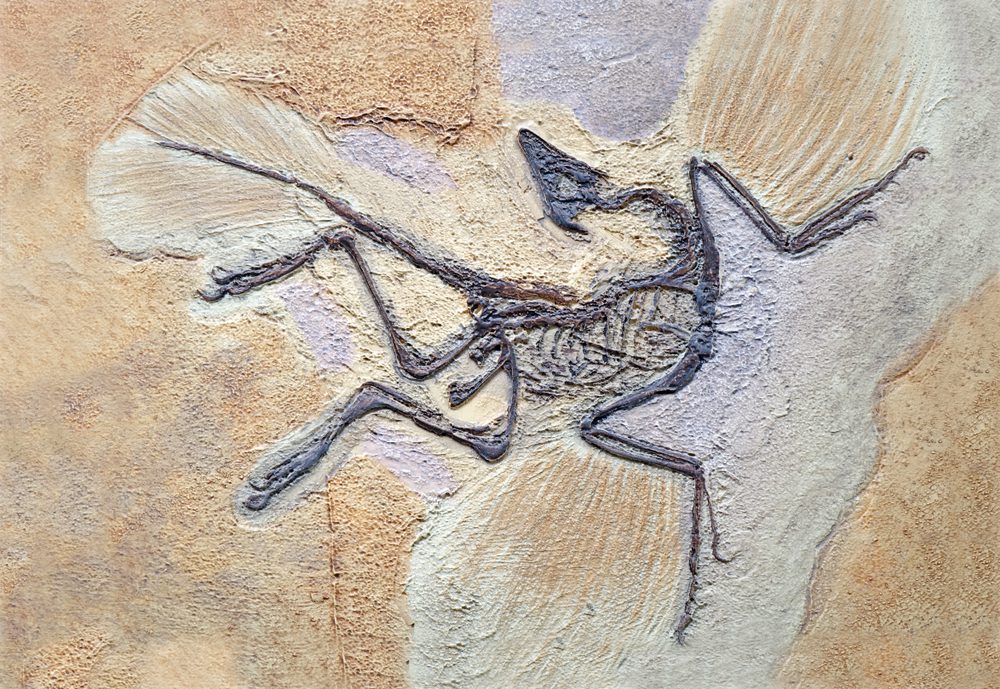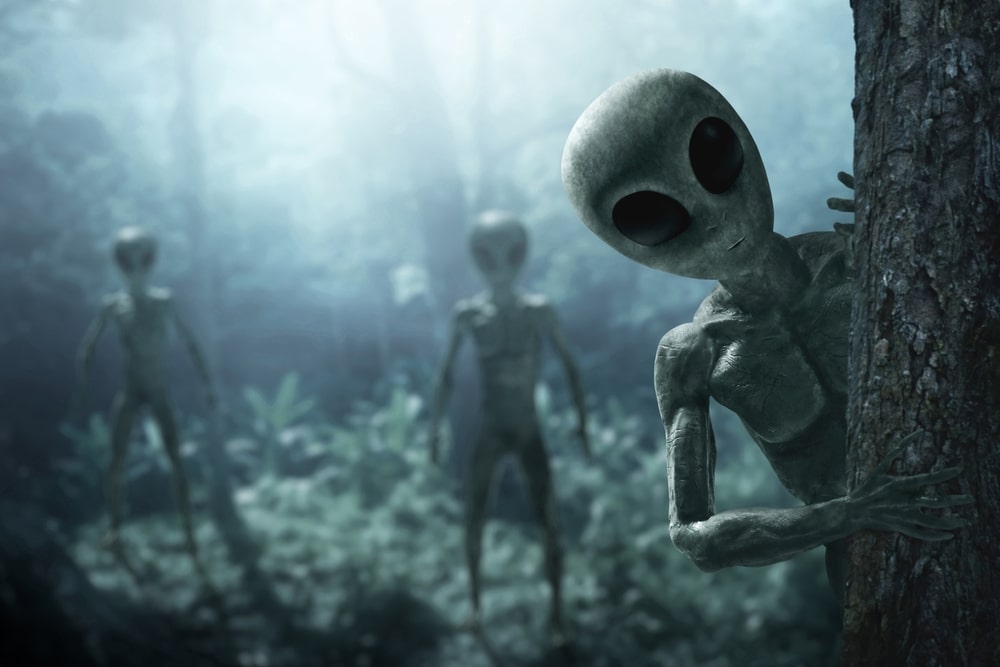Have you heard of these dinosaur discoveries before?
While we all have been fascinated by dinosaurs ever since the hit movie Jurassic Park hit theaters decades ago, not a lot of us have kept up with all the newest dinosaur discoveries over the years. And while that is normal given the fact that not all of us are passionate about these extinct animals, it is still a problem to believe that we have discovered all there is to be discovered about these giant and, at times, tiny beasts!
Dinosaur discoveries have definitely slowed down over the years and definitely since the first ever skeleton of a dinosaur was uncovered, but this does not mean that in the last couple of decades, there have been no new dinosaur discoveries made. If anything, the unveiling of the fact that these animals that we have linked to reptiles could have been more linked to birds is just a testimony to these scientific discoveries, and believe us, there are many more that most people do not know about!
To help you get back in touch with your younger self that probably had a dinosaur phase or to satisfy your curiosity about these majestic and yet still mysterious creatures that once roamed the entire earth, make sure to keep on reading to find out all some of the most interesting latest dinosaur discoveries that are definitely bound to surprise you!
Have you heard about these dinosaur discoveries before? Let us know what other new revelations about our favorite extinct lizards you know in the comments below!

Archaeopteryx lithographica
To understand how impressive this dinosaur discovery is, we have to go back all the way to 1859! You may know this year as very important in the field of evolution and scientific ideas, as this is the year when Charles Darwin published his masterpiece On the Origin of Species and promptly disrupted the commonly known and internalized beliefs about evolution back in the Victorian ages.
This piece of writing was extremely controversial at the time, yet over time it has been seen as the foundation for the idea that life on earth has evolved over the years and that geological times have shown the world in different ways over the years. What’s more, what is extremely important is the scientific discovery made one year after the publication of this book, which was made by a German scientist in a southern quarry in Germany.
This fossil was of a specimen that was about the size of an adult crow, and it contained the detailed skeleton of a dinosaur with delicate bones, which was later named by Richard Owen Archaeopteryx lithographic, which translates to the English “ancient wing on writing stone”.
The reason why this dinosaur discovery is important is because it was seen at the time as the missing link between the modern-age known birds and the dinosaurs or their ancient ancestors. This fossil was impressive because the stone around it was in the shape of feathers, which led the scientists to believe it was a bird, yet it came with the distinct marks of teeth, which no modern bird had.
What’s more, the Archaeopteryx also had three distinct fingers accompanied by claws (different from those that normal birds had) and a boned tail that also had the marking of feathers on them, something that is no longer present in today’s age in birds. This discovery prompted a friend of Darwin’s to announce a few years after it was unveiled to the public that he believed that dinosaurs and birds were actually close relatives and interconnected, which made him a distant member of the scientific community at the time.
Thomas Henry Huxley, who is the man who came up with this theory, proved to be extremely correct as scientific discoveries continued to be made and more and more things were discovered about these huge reptiles (birds?). The original fossil is preserved on display in London at the Natural History Museum if you ever wish to see it.
Deinonychus Antirrhopus
A lot of people believe that most of the dinosaur discoveries have been made back in the day and no newer discoveries have been made, yet this is a truly preconceived notion. One of the newest dinosaur discoveries was made here in the United States by a Yale University paleontology professor back in the mid-1960s. John Osron was looking for dinosaur fossils in Montana, particularly in the badlands, when he stumbled upon this fossil.
This dinosaur was about to change the way in which scientists and people alike were to perceive them, along with their biology and behavior. The dinosaur Ostrom discovered was one of medium size, a predator that was about to change the landscape of dinosaurs. Since most people focused on the big dinosaurs at the time, the general perception of them was that they were slow, slow-witted, and lumbering, and this smaller dinosaur changed this perception. Ostrom named his discovery Deinonychus Antirrhopus, which means “terrible claw with a counterbalance”.
The Deinonychus was deemed to be extremely intelligent, fast, and keen-sighted, making it a dangerous predator that should not have been underestimated. Ostrom also discovered that the anatomy of this dinosaur closely resembled that of a bird, which further pushed the idea that Huxley started back in the 1860s that smaller predators of the prehistoric were closely related to the birds of the modern age and that the birds we know today have their ancestors in the small predator dinosaurs.
The debate sparked by this was highly controversial, and it did not sit well with a lot of scientists, despite the fact that this was yet again someone who came up with the same idea that birds have evolved from dinosaurs and that not all of them were huge reptiles. Maybe the scientific world was not ready for these dinosaur discoveries because they threatened the foundation of their dinosaur belief, and the debate sparked had raged for the decades that followed Ostrom’s discovery!
If you wish to learn more about dinosaur discoveries and dinosaurs in general, especially how they looked, we recommend that you take a look at this Smithsonian encyclopedia you can easily get on Amazon!

Diplodocus
We are going to end our list of dinosaur discoveries, which is huge in the literal sense of the word. As it ended up being the biggest dinosaur discovery in the later half of the 19th century, this dinosaur fossil ended up being one of the biggest dinosaurs we have found so far!
But where was this dinosaur discovered, you may ask? Here on American soil in the known town of Pittsburgh, Pennsylvania. An extremely wealthy industrialist from the town, named Andrew Carnegie, decided that he’d made enough of a fortune that he could end up being more of a philanthropist, and thus decided that he could use part of it to help the world with more discoveries. In reality, he was impressed by the newest discoveries of dinosaur fossils in the mid-west of America at the time, and he wanted to get in on the action.
To be able to achieve that, he opened up his own museum, the Carnegie Museum, in Pittsburgh, and he founded several expeditions in the south of Utah and the north of Wyoming for the sole reason that he wanted to discover more dinosaurs. While his intentions were not exactly the purest, it cannot be contested that his financing of this cause led to the discovery of this new dinosaur: his team discovered an almost complete dinosaur skeleton that belonged to a specimen that was so big that no one has ever stumbled upon one before!
This dinosaur skeleton ended up being named Diplodocus Carnegie, which means “Carnegie’s double beam”, as the man who founded the expeditions got a foot in the door when it came to naming it. The skeleton of the Diplodocus was absolutely massive, as when completely reconstructed, with a few borrowed bones from other animals, it ended up being about 85 feet, with the modern belief that other specimens could have reached about 100 feet too!
Carnegie was so excited about this discovery, which dwarfed any other ones in sheer size at the time, that he made several copies in plaster of the skeleton and sent them all over the world to be displayed in the museum. The original skeleton of Diplodocus can be seen in the Smithsonian, with parts of another specimen being able to be seen in the Carnegie Museum of Natural History or in the Denver Museum of Nature and Science.
If this article has piqued your interest, make sure you read more about the world of dinosaurs and if they can be brought back to life in this article here: Can Jurassic Park Become Reality by 2100? Scientists Unlocked the Secrets!














